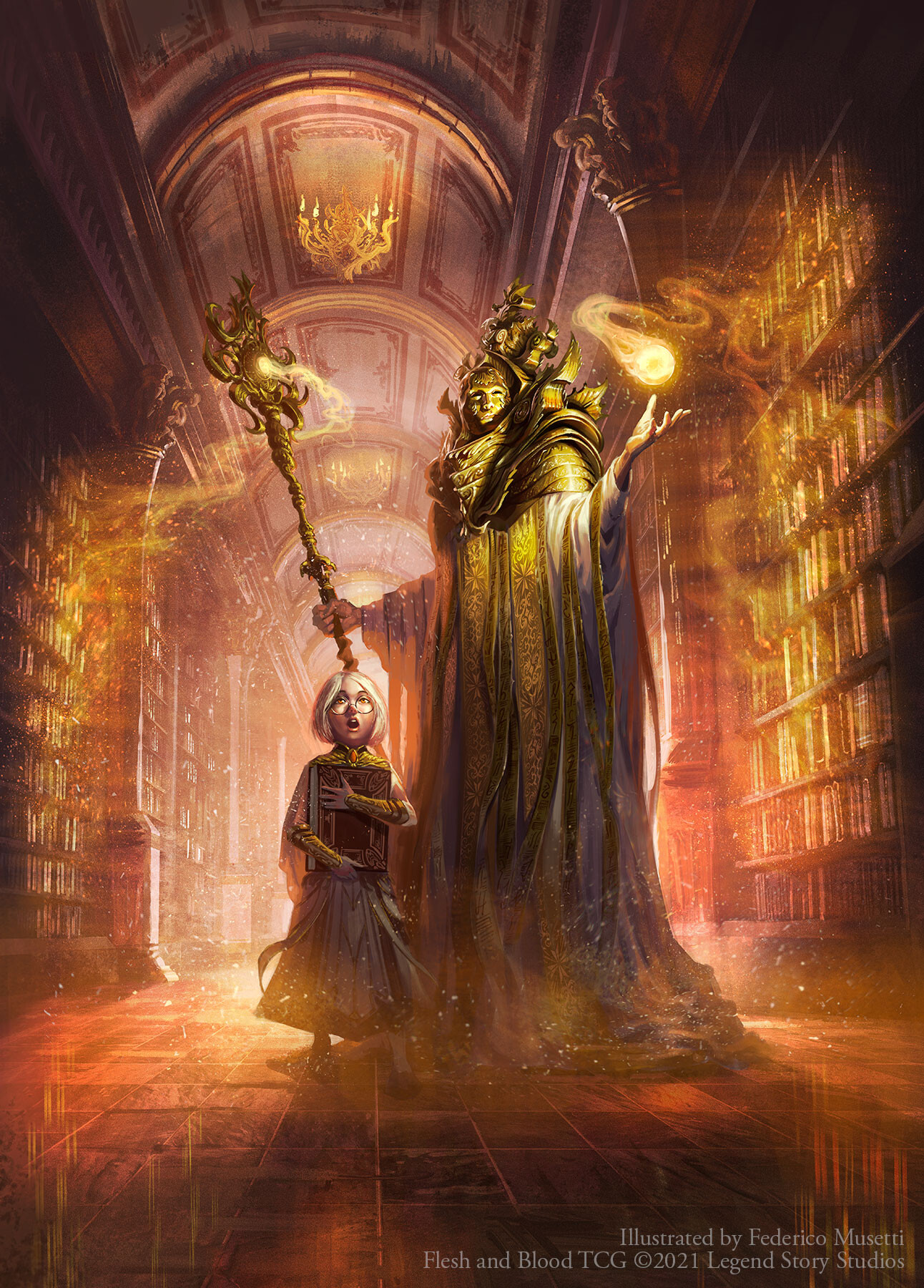Uprising is right around the corner, and the first formats of the new set are both limited: sealed and draft. While much is made of working toward constructed success, the truth is you still have time before that will matter. Limited-format proficiency, on the other hand, is useful right away.
I am currently 1 Sealed Event (World Premiere) and 2 Drafts into the format, and this is what I’ve found out so far…
An Asymmetrical Triad
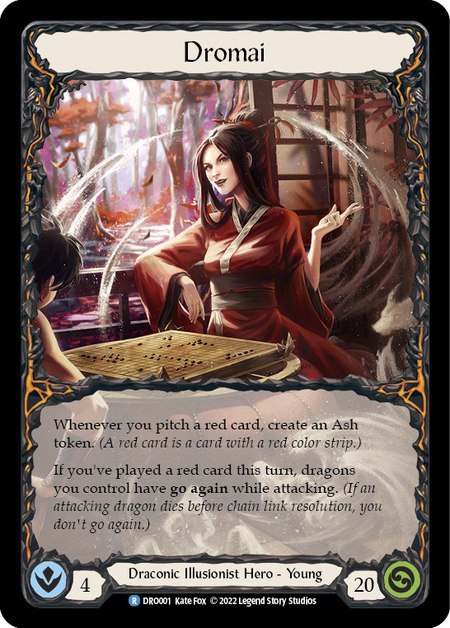

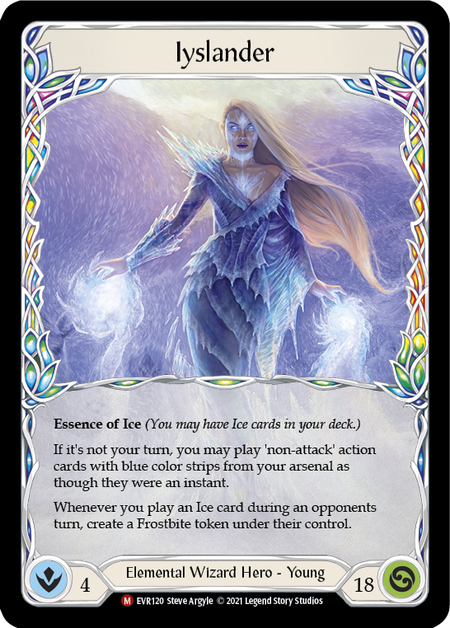
The format is quite strange in that there are two classes that share a talent and one that does not. This creates a dichotomy where Fai and Dromai seem to fight over talent cards, but Iyslander gets her talent cards all to herself.
Upon further inspection, the uneven balance grows. You'll see that the Draconic commons seem to lean towards Fai in particular.
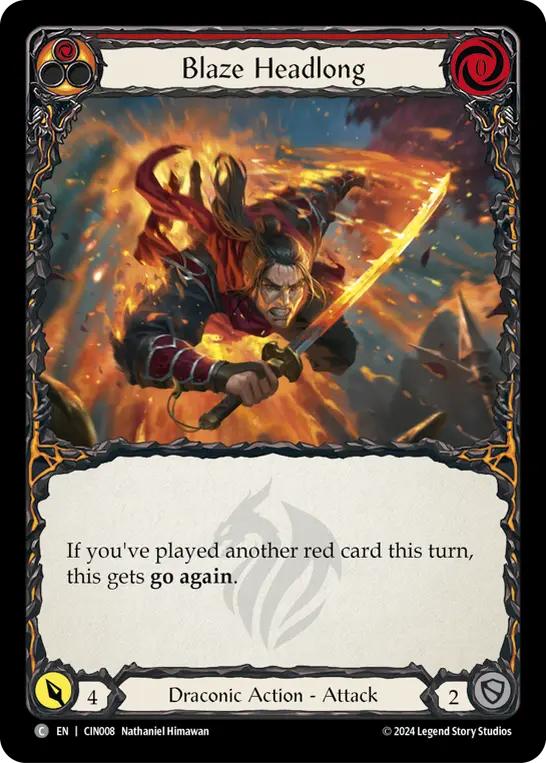
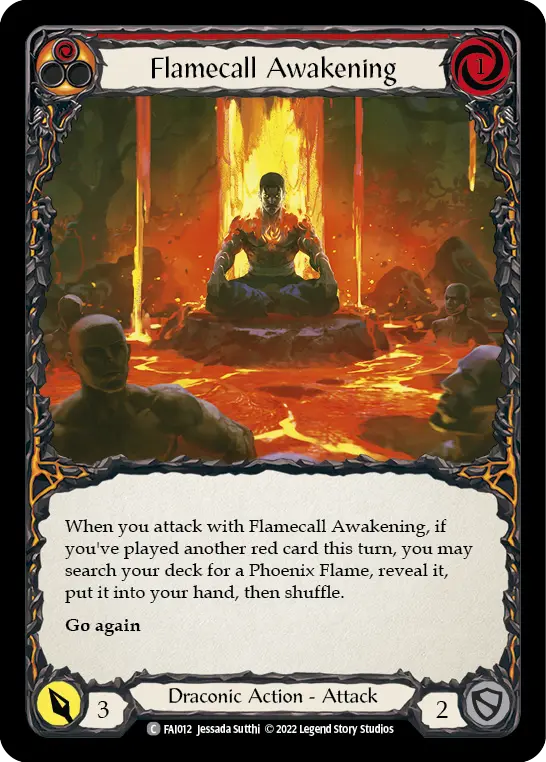
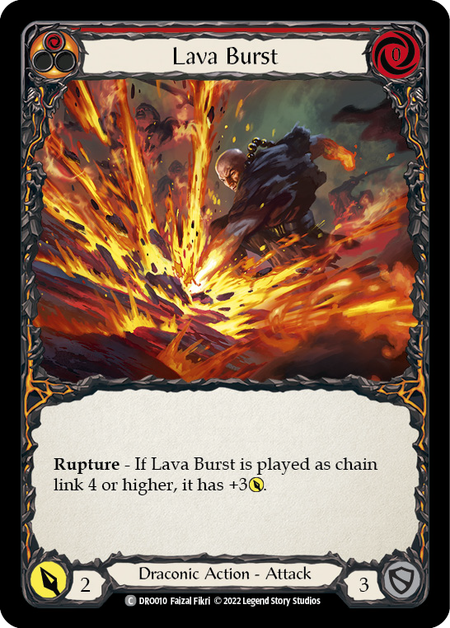
While playable in Dromai, cards that interact with Phoenix Flames are far better in Fai. Rupture cards and cards that care about Draconic chain links, on the other hand, seem to be equally playable in both.
My initial reaction, then, was to view Dromai as the most excluded of the three, rather than Iyslander as you might have assumed. Dromai is forced to fight with Fai for the Draconic cards, which appear ill-suited for her core strategies anyway.
Let's take an in-depth look at all three heroes before making any assumptions.
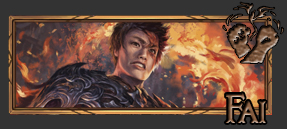
Fai is an aggressive, 'go wide' hero. He plays around the "go again” mechanic. He wants to create as many draconic chain links as possible in order to maximize damage. A typical Fai turn will look something like this:
Unconditional Go Again card -> Searing Emberblade -> another card that looks for 2 Draconic chain links -> (return Phoenix Flame) -> Phoenix Flame

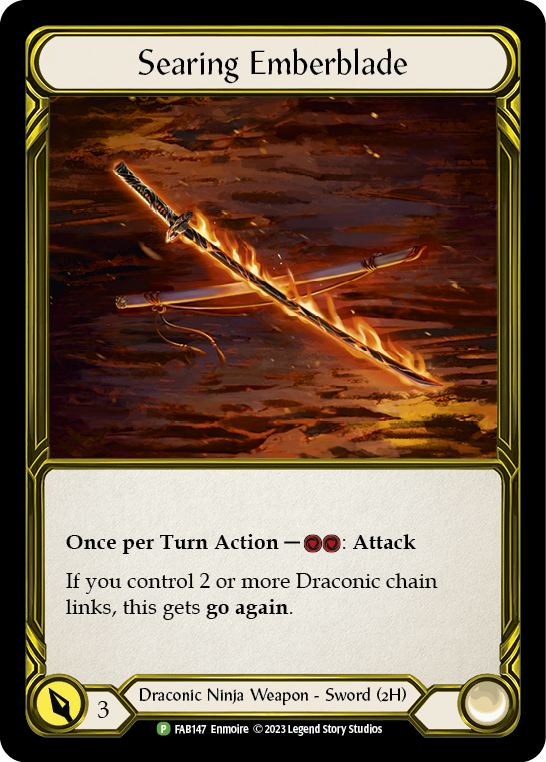
Notice you can get 4 attacks just off of a blue and 2 other cards in your hand, thanks to the sword and Phoenix Flame. This makes triggering rupture quite easy with the right mix of cards.
The cards that will be most important are your unconditional go again cards. The more of these you can accrue, the easier it will be to unlock these insane turns.
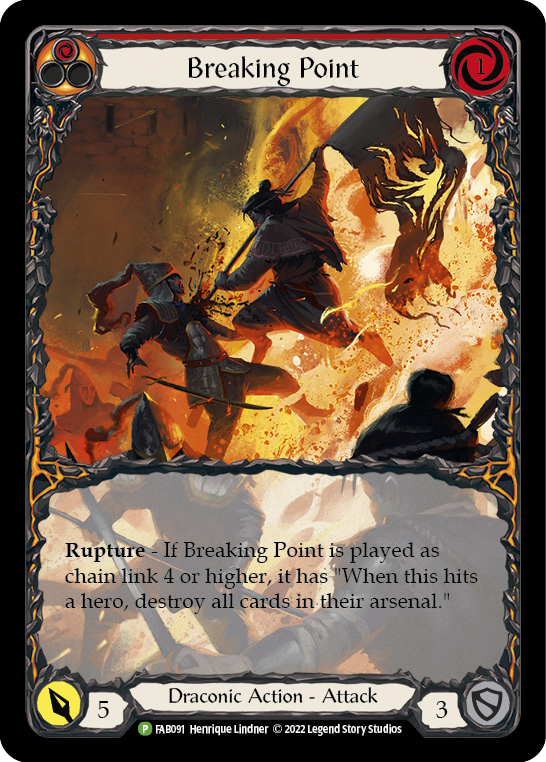

Unfortunately, if these chain links don't put your opponent on their back leg and push until they fall, there is little Fai offers in the way of defense. For that reason, he does not want the game to go long.
Top 2 Commons to Look For:
- Soaring Strike (red)
- Rising Resentment (red)
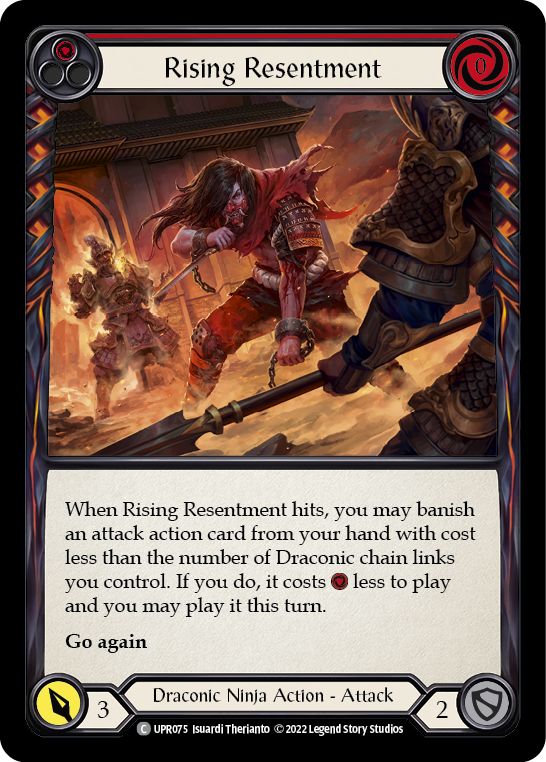
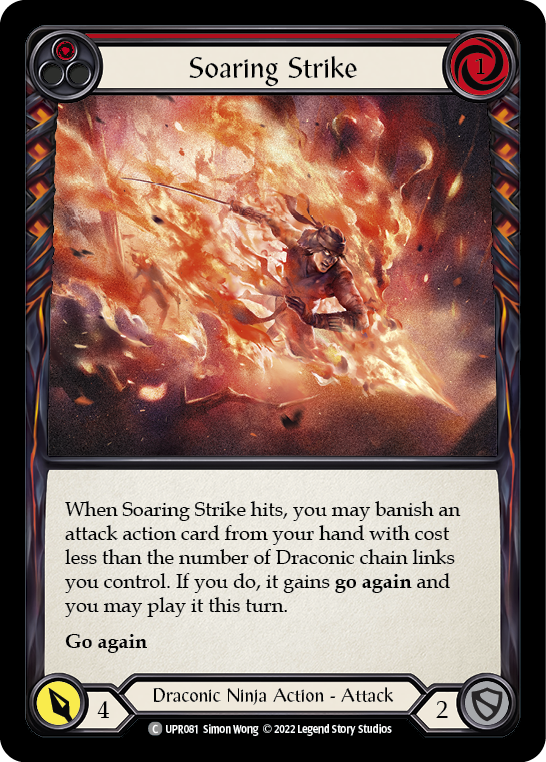
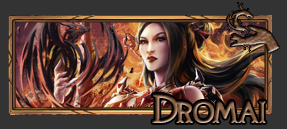
Dromai wants to go to the late game more than the other two heroes on offer. She can focus on a midrange game, or attempt to go wide with Ashwings and Draconic cards. If we can build up an army of Aether Ashwings and continue to attack our opponent while staying alive, that can be a winning combination.
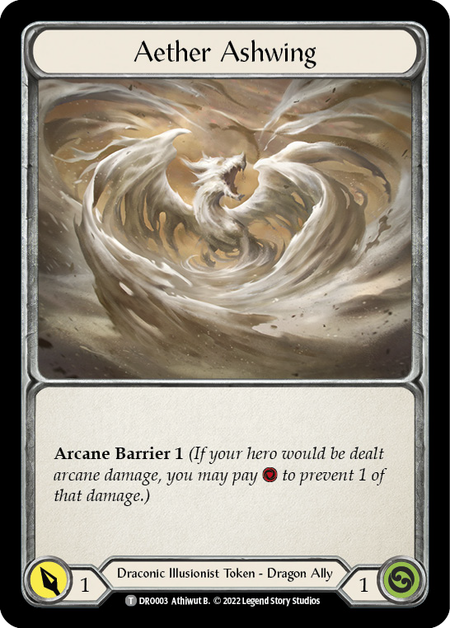
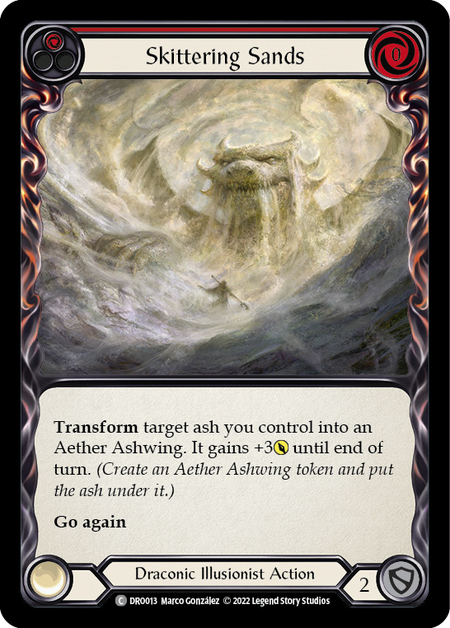
The most important cards to look out for are specifically the red Ashwing-makers. These cards not only build up your army but also allow them to attack right away.
Ultimately, the most compelling case for playing Dromai is going to be how many dragons you have access to. It’s not a secret that the dragons are powerful, and the more you have, the better your deck will be. They are red enablers that let your team attack, and that also come with more abilities than their Ashwing counterparts.
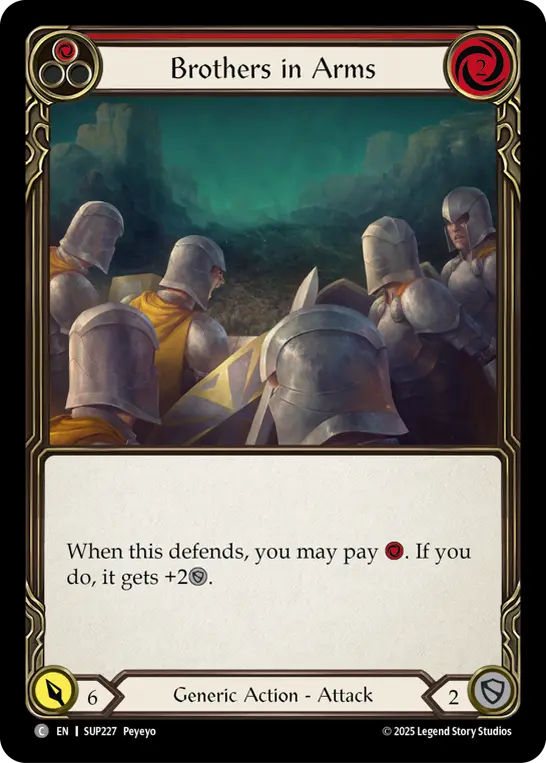
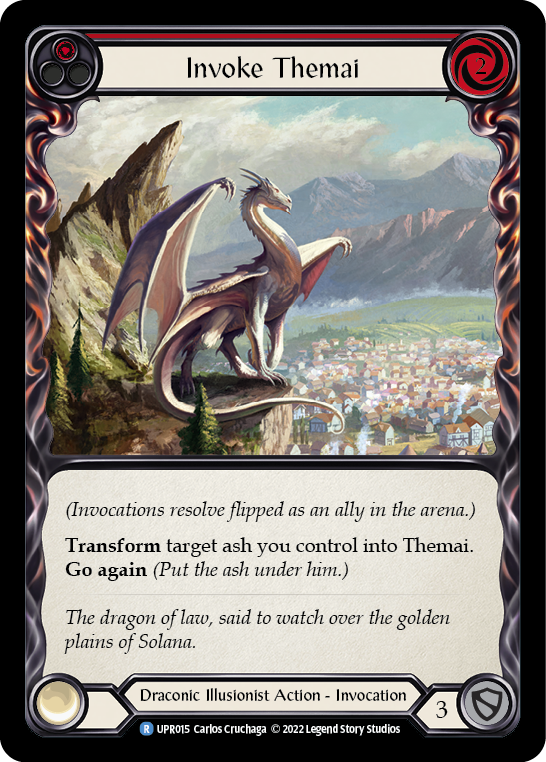
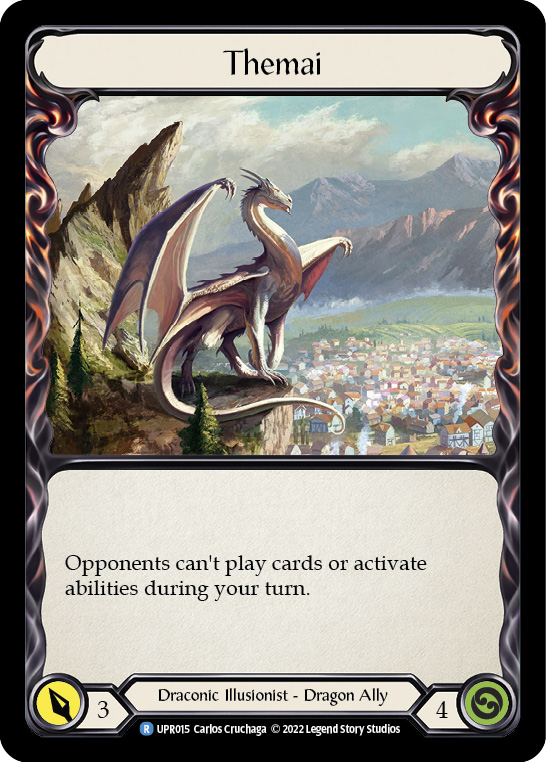
The last part you need to know about Dromai is that this deck- more than the other two- wants access to defensive cards. Want to go late vs. Fai? Be prepared to block with Brothers in Arms (as a bonus, pitching a red to it creates Ash) or good 3-block cards to live another turn. Want to survive an encounter with Iyslander? You'll need access to Arcane Barrier / Quell (in addition to your Ashwings).
Top 2 Commons to Look For:
- Rake the Embers (red)
- Billowing Mirage (red)
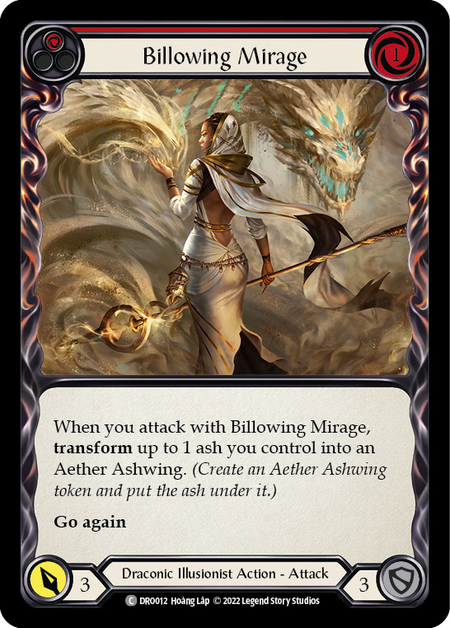
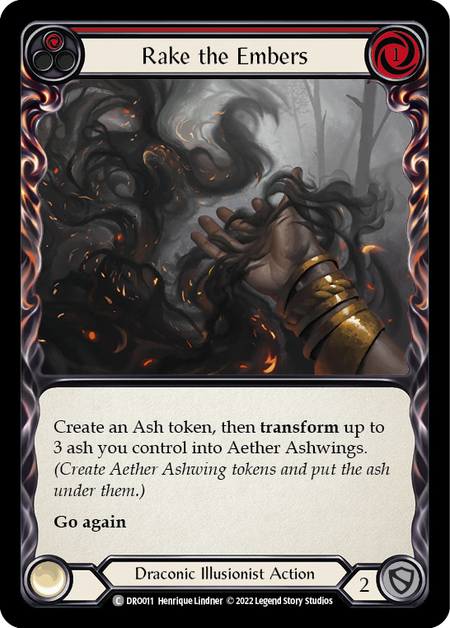
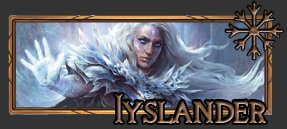
Iyslander plays a strong disruption game, but can also be built toward tempo. She wants to get blue non-attack cards into arsenal to play on the opponent's turn, take cards away from them, and shut down their plays. In doing so, Iyslander will take the initiative, present arcane damage, and win the game.
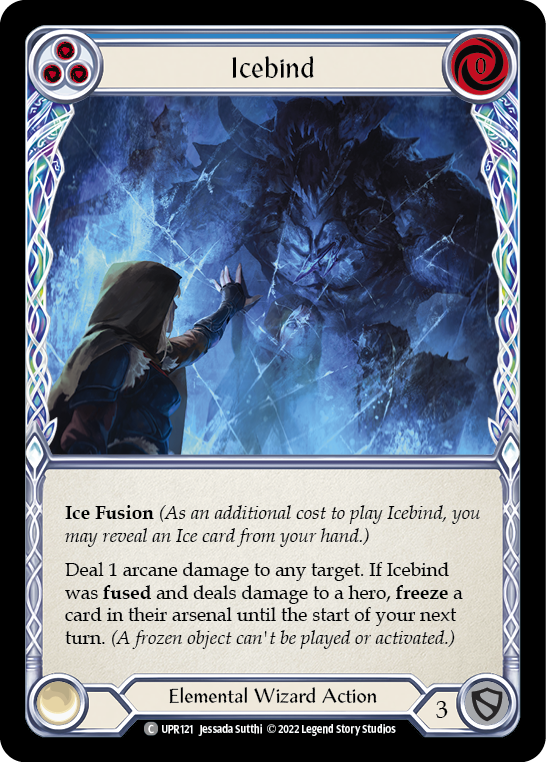
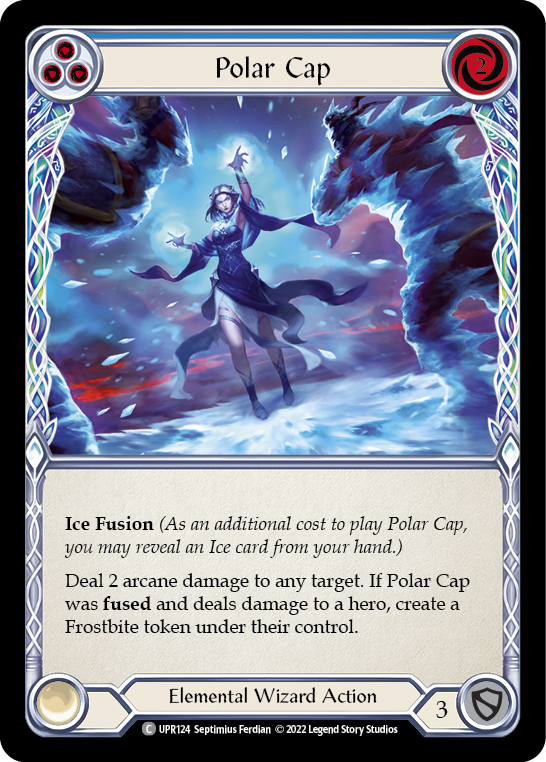
Iyslander players will be specifically looking for blue Ice cards to put into their arsenal in order to present extra frostbites (disruption) on their opponents' turns and turn on their weapon for 3 arcane damage. Because the other two decks want access to as many reds as possible, Iyslander shouldn't face much competition for blues- and if you're struggling to find them, it's probably a tell that your neighbor is drafting her!
Iyslander players will be looking to start playing cards on their opponents' first action on their turn. A typical Iyslander cycle might look like this:
Opponent declares an action -> play a blue Ice card from arsenal (creating Frostbite) -> wait out the turn -> activate Waxing Moon at end of their turn
Go to Iyslander's turn -> play a non-attack action for arcane or disruption -> activate Waxing Moon -> arsenal a blue Ice card
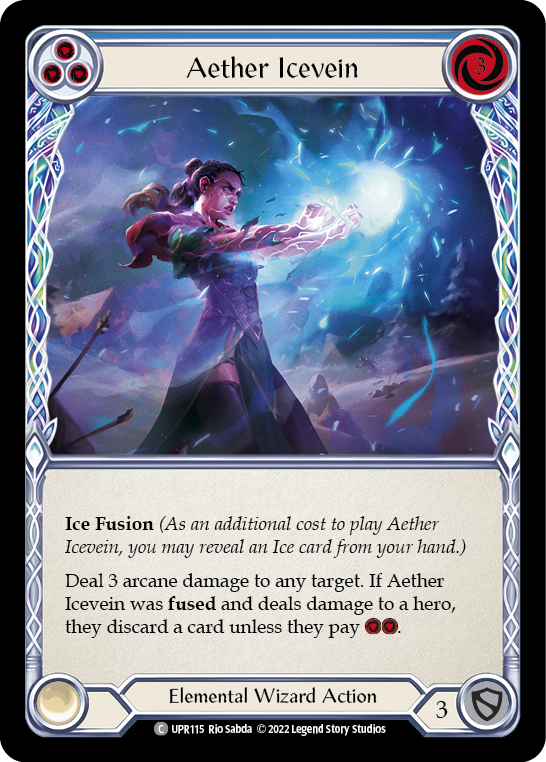
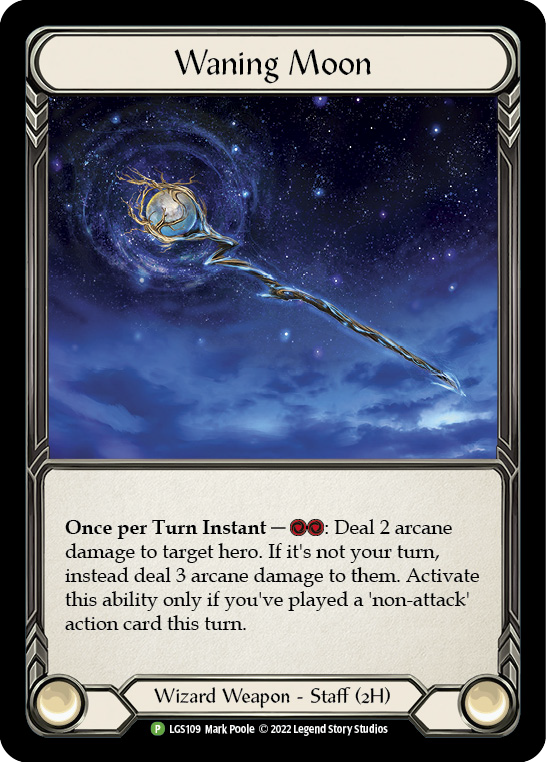
Iyslander wants to win the game by preventing opponents from playing a few of their cards, blocking in key moments, and taking the lead in the game by still presenting damage.
Top 2 Commons to Look For:
- Aether Hail (blue)
- Arctic Incarceration (blue)
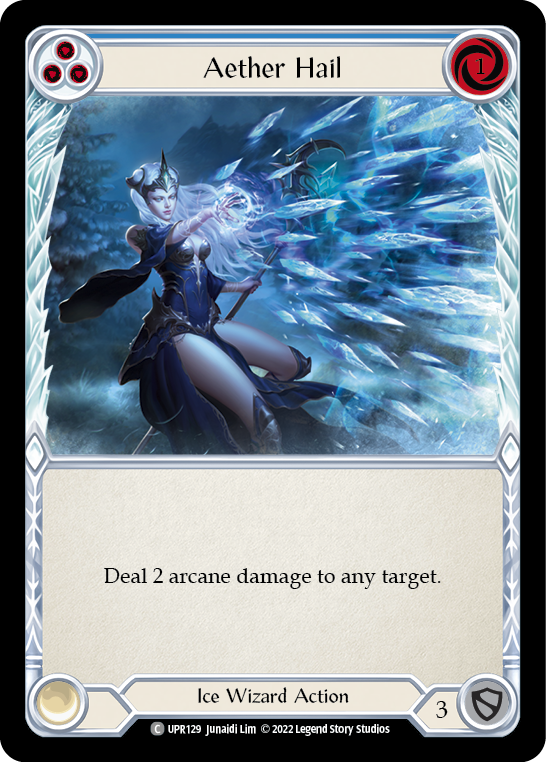

The *Actual* Best Common in the Set

Despite what the 'Top 2 Commons' may suggest, the card every hero should actually be looking to snag is Scar for a Scar (red). The truth is, this card alone is the top common of the set for every hero and should be a top priority. Even Iyslander will play Scar for a Scar and be fine with it! Rate this card highly and take it as often as possible.
Playing for Matchups (Sideboarding)
Now that we know how each of the decks are looking to play, let’s talk about sideboarding in limited. More than any other set I’ve played so far, sideboarding is a factor in Uprising Limited, both in draft and sealed. Many of the generic cards are important to look out for and should be auto-included when playing against particular heroes.
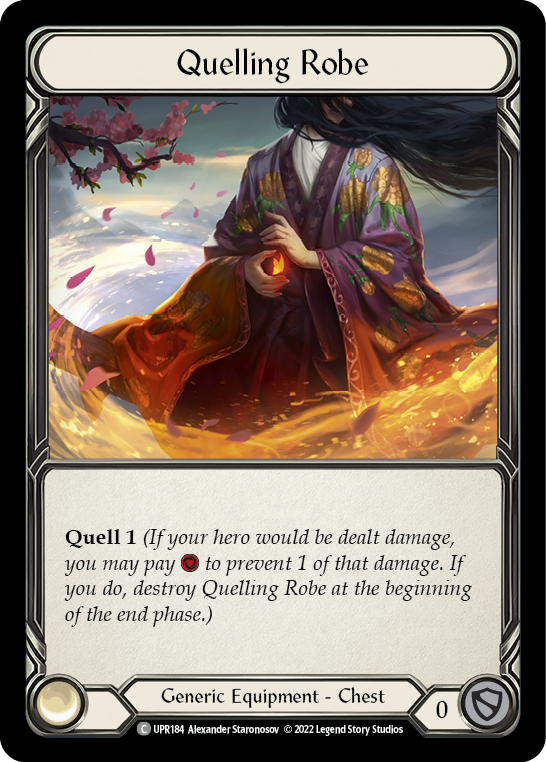
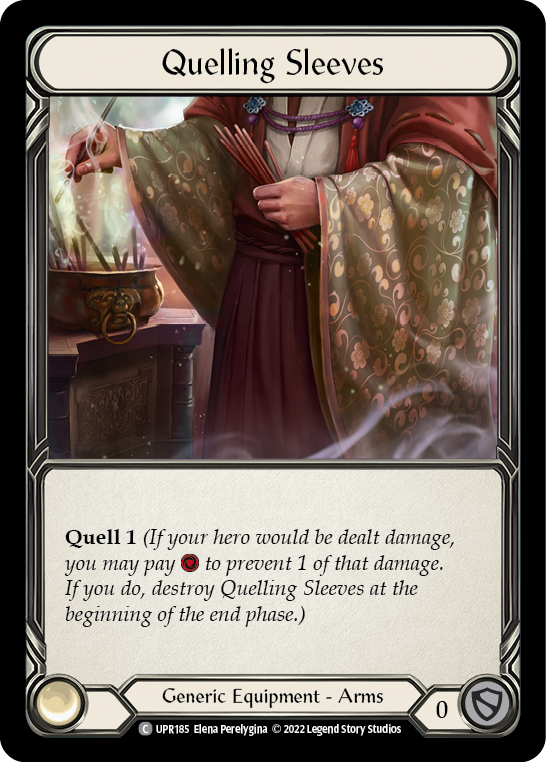
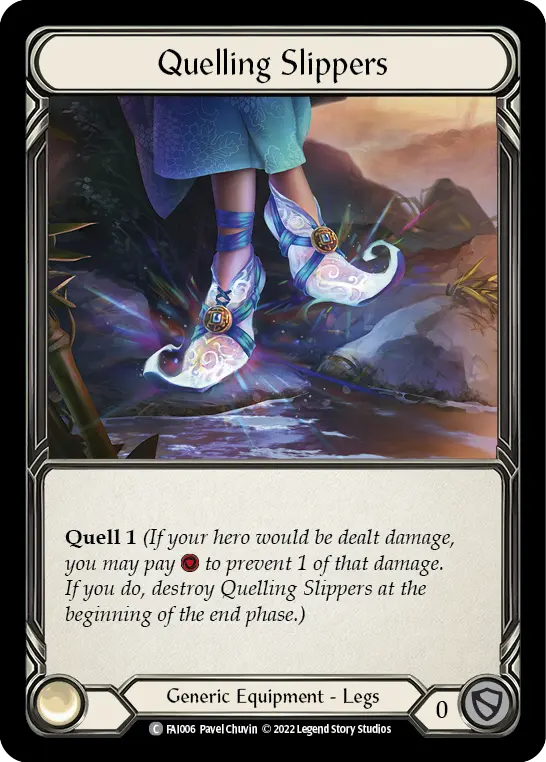
Vs. Fai:
Blocking efficiently and still having a turn is going to be important. The Quell ability on armor pieces will be pivotal, since you can pitch a blue to block 3 separate instances of damage across Fai's long chain of attacks- perhaps to block the Phoenix Flame, a damage on a Scar for a Scar, and part of a sword swing. Without this ability, it becomes very difficult to block across so many small attacks on a pivotal turn.


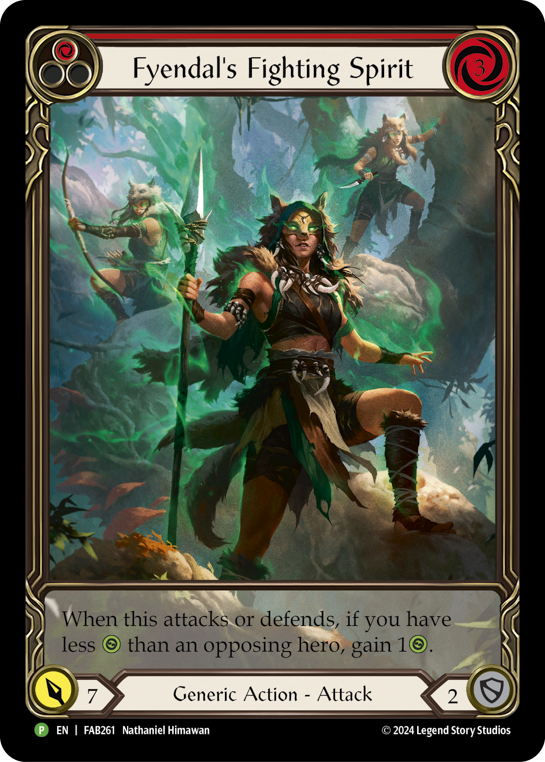
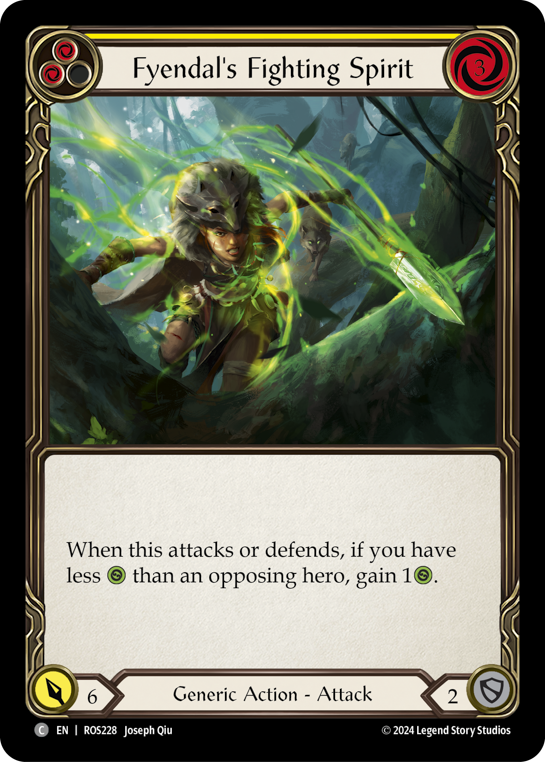
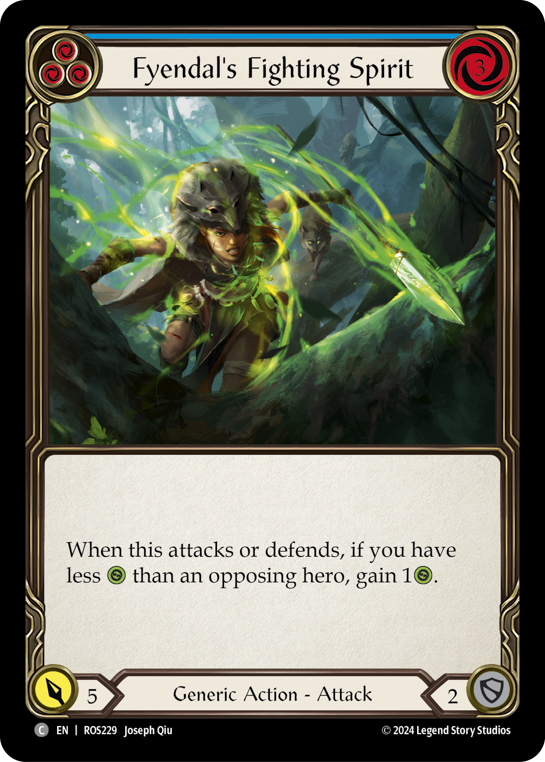
Vs. Dromai:
Being able to pop phantasm can make a huge difference in a game against Dromai. Having access to cards that can do this can mean more disruption than even Frostbites can provide. Dromai players might have to play a phantasm card to start their turn, and popping it right away can completely shut down their turn and give you a free one.
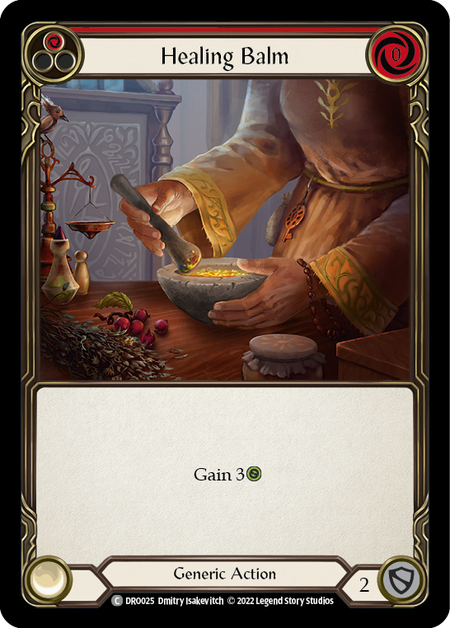
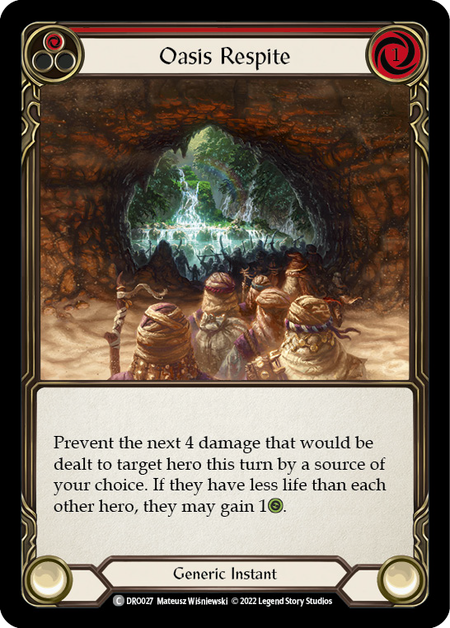
Vs. Iyslander:
Because Iyslander fights with arcane damage, her damage is toned down to compensate for it being awkward (or even impossible) to block. Even if you end up with no arcane barrier (which you should prioritize), there are still cards you can add to even the odds vs. a wizard. With Iyslander in particular, fatigue seems to be an actual way to win if you have access to both arcane barrier and prevention/gain life generics.
Some Words on Draft & Road to Nationals
We still have a few weeks before Road to Nationals season starts in earnest, and I’m sure we will all be looking to get some drafts down in the meantime. While I haven’t figured out all the ins and outs of the draft yet, here is what I can say.
In the early drafts, people will want to stick to what they open early. Stay as open as you can by making sure you are taking powerful cards; then around pick 6, you should have a good idea of what might be open- for example, if you see one of the Top 2 Commons for a class still circling this late- and which direction you can go.
Try to stay open deep into pack 1, and you can still come out with a great deck if you pivot. Don’t be afraid to let your other cards go in order to be in the open lane.
That being said, the drafters that go 3-0 will be the ones that can draft with a plan. There are still cards that players will overvalue and undervalue, and it's your job to determine what is being undervalued at your table.
You should also be aware of pack structure. Because of the nature of Flesh and Blood packs, you can determine with a fair amount of certainty what could be missing. While the exact contents of each pack is not known, we do know that there are a minimum of 2 cards for each Class or Talent per pack. So if you receive a pack and realize there's one Wizard card and no Ice cards, you can surmise that whoever passed it to you must have taken a Wizard card.
Knowing what to look for to stay open will level up your draft skills, especially if you practice this skill early.
Well, that’s all I have for you today. Good luck at Prerelease!


